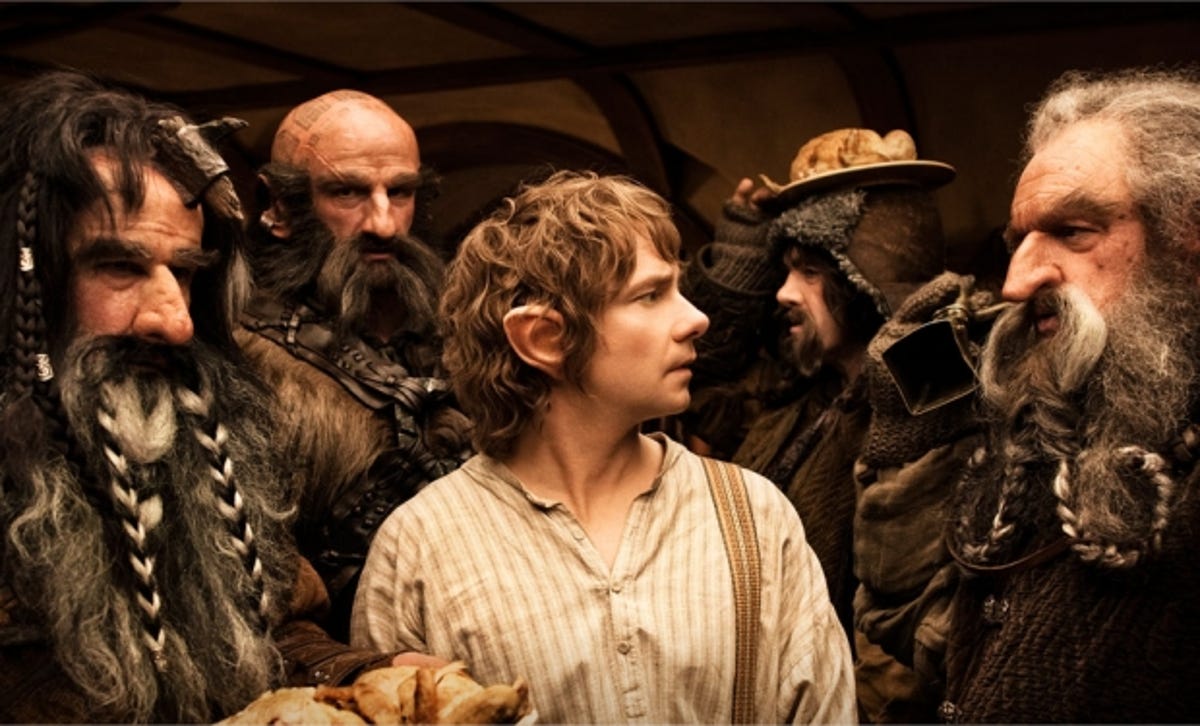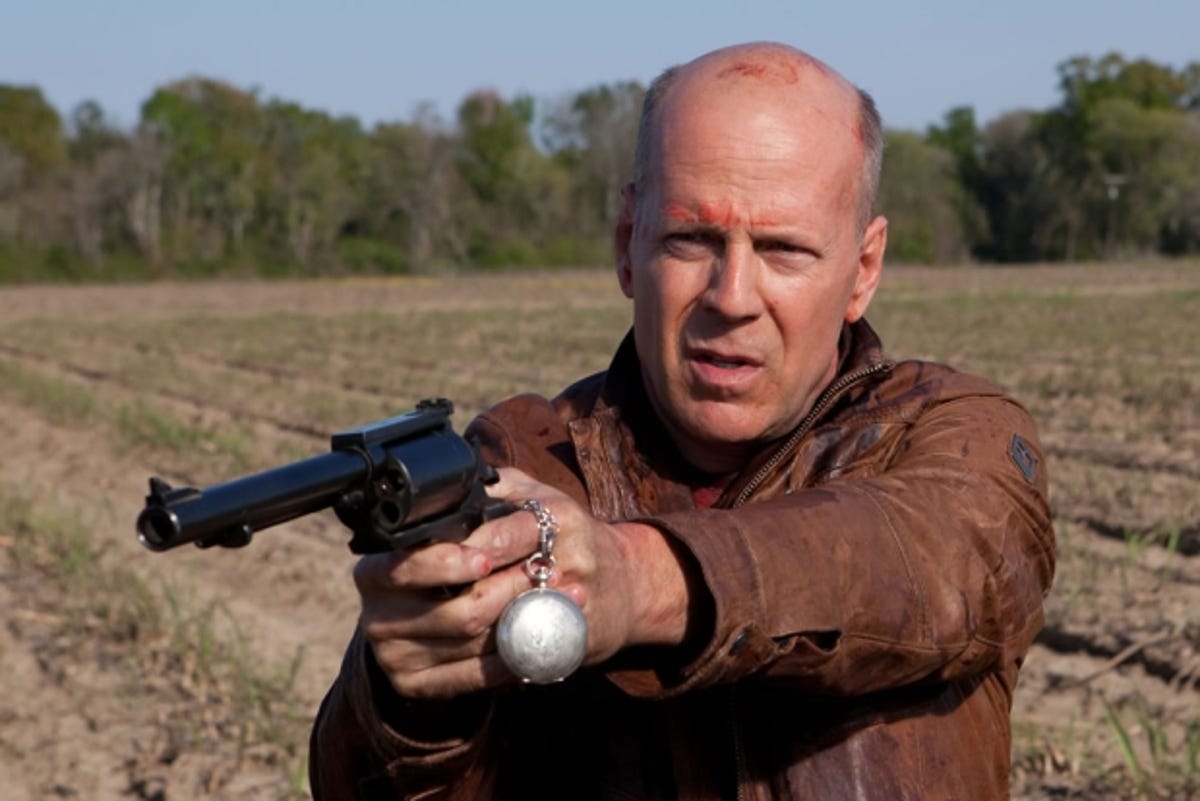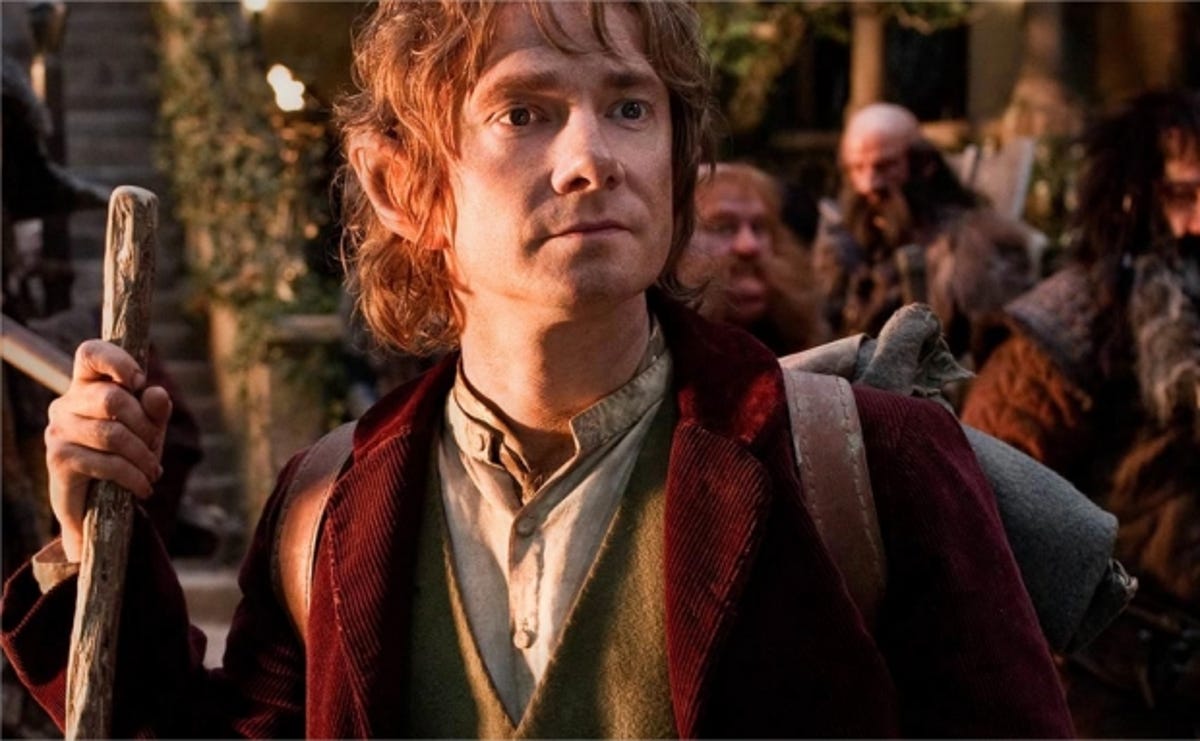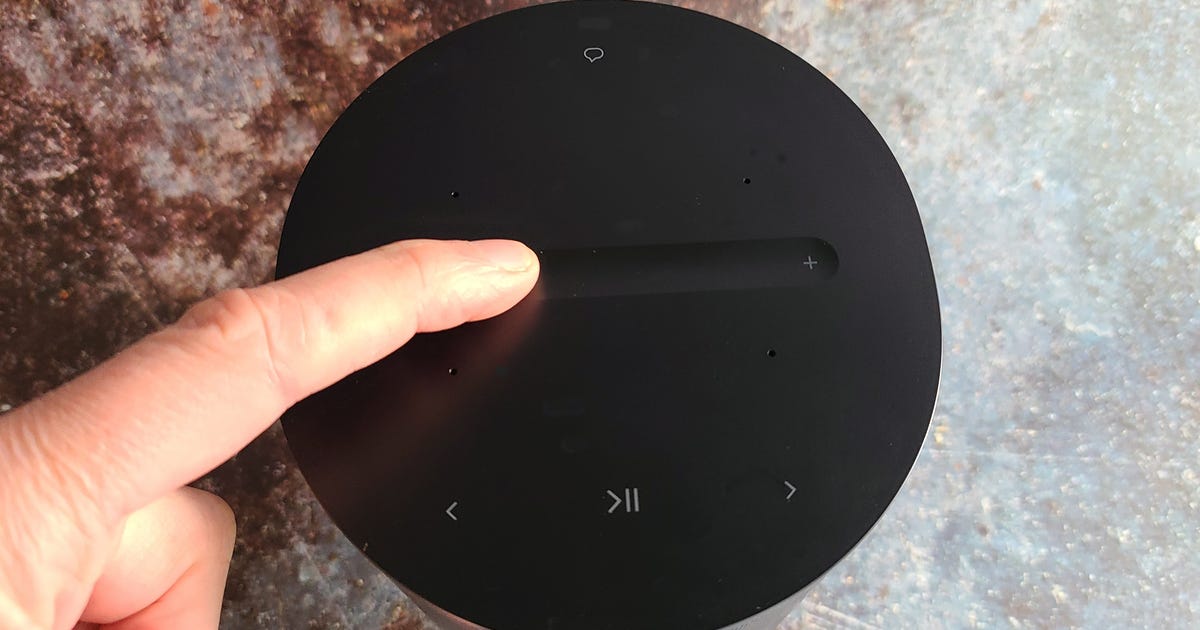
When we haven’t been tinkering with our RaspBerry Pi computers or foaming at the mouth trying to buy a bargain-priced Nexus 4 from Google, we’ve spent 2012 in the cinema, feeding our geeky sides with a slew of movies that feature awe-inspiring gadgetry, push cinema forward using new technology or employ existing techniques to devastating effect.
This year 3D has remained a prominent and divisive feature, new technologies emerge from their Hobbit-holes to do battle, and time-travel breaks our brains while Bond and pals get their gadgets out. Not all of the movies listed here are cinema classics, but they all make great use of tech in some way, and so deserve reward. Or at least a patronising pat on the head.
Looper


Who would win in a fight between Bruce Willis and Bruce Willis’ younger self, played by Hollywood hot-stuff Joseph Gordon-Levitt? To find out you’ll need to point your peepers at this stylish sci-fi romp, which is guaranteed to make you screw your eyes up in confusion at least once.
Tech appealIf you’re of a geeky persuasion, Looper will provide you with hours upon hours of pub-argument fodder, thrashing out the rules of time travel with your pals before comparing Looper‘s own set of sci-rules to those of Back to the Future and The Terminator. Is there any better way to spend an afternoon? Director Rian Johnson gets bonus points for releasing an audio commentary track on MP3, designed to be discretely enjoyed in the cinema upon a second viewing.
Looper‘s also a great film, doing what all the best sci-fi movies manage — efficiently setting up a bizarre alternate world with radically different rules to our own, then telling a cracking story within that world. In Looper‘s case, you’re treated to brain-aching time travel, with film noir and Western elements chucked in for good measure.
The Hobbit: An Unexpected Journey


Since concluding the Lord of the Rings trilogy, director Peter Jackson has spent years unable to sleep, tossing and turning in his bed, plagued by a longing to return to Middle Earth. Probably. This year Jackson got his way, releasing the first in a three-part (!) series of new movies based on Tolkien’s Hobbit prequel.
Tech appealFeaturing more dwarves and roughly the same amount of Gandalf, The Hobbit: An Unexpected Journey was shot in 3D at 48 frames per second (HFR) — twice the rate of regular flicks. This all but eliminates motion blur, and makes on-screen action appear incredibly smooth and lifelike.
Just as Avatar‘s 3D split opinion, The Hobbit has met with both praise and criticism for eschewing the standard 24fps. Some say it’s more immersive, while others say it’s distracting, or makes them feel ill. My colleague Nick Hide meanwhile reported that the extra frames make The Hobbit look like a pantomime, complete with comedy noses and wigs, plus hammy British acting.
Whatever your view on HFR, it’s great to have a big-budget example occupying cinemas and testing public opinion. Whatever the ultimate consensus on extra frames, Peter Jackson deserves a pat on the back for giving it a go.
Titanic 3D


“I’ll never let go, Jack,” Kate Winslet’s Rose tells Leo DiCaprio, shortly before letting go. Yes folks — Titanic, the heartbreaker that saved Kleenex’s financial year in 1997, was re-released this year in eye-popping 3D. It’s not a new film, per se, but if the thought of 3D re-releases annoys you, you’d best get used to it — this year also saw The Phantom Menace, Beauty and the Beast and Raiders of the Lost Ark born again in 3D, while next year will see more 3D Star Wars and a triple-dimensional Jurassic Park, too.
Tech appealIf the thought of re-watching James Cameron’s lengthy lovey-dovey boat-a-thon again in three dimensions gives you that sinking feeling, take heart, because Titanic 3D is actually proof positive that post-conversion 3D can be effective.
If you shoot a movie using 3D cameras, the depth of every object in a scene is exactly as it should be. To apply a third dimension to conventionally filmed flicks, however, you need to use software that makes a guess at how far back each item on screen should be — a process that usually ends badly.
Titanic 3D did a great job, however, with subtle depth effects, easy-to-follow action scenes and particularly impressive underwater shots. The bad news is that to achieve this enjoyable post-conversion took 60 weeks and a boatload of cash — about £11m to be precise. Don’t expect such a refined effect from cheaper, hurried conversions, but it’s nice to know a pleasant 3D conversion is possible, at least.
The Dark Knight Rises


Christopher Nolan brought Batman back to our screens this year, along with hard-to-hear bad-chap Bane and an emotional Michael Caine. A slew of expensive action scenes can’t hurt, either.
Tech appealUnlike the godlike figures doing battle in The Avengers, poor old Batman is quite literally powerless without his gadgets. It’s no surprise then that the gravelly voiced baddie-puncher’s third outing contains a handful of intriguing new technology, including a thingy that breaks paparazzi cameras, alongside a return for the Tumbler and Batman’s Nomex biweave suit.
The Bat (known to everyone in the whole world as the ‘Batplane’) steals the show as a flying version of the earlier films’ Tumbler, looking a bit like an upside down helicopter but one that can somehow manage flips and stuff. Crucial software elements in the on-board systems are broken though — something that would never be tolerated in a brand-new smart phone, but is somehow permitted in military aircraft.
Life of Pi


Being stranded on a lifeboat with an adult Bengal tiger isn’t a dream holiday, but it certainly makes for dreamy viewing in Ang Lee’s shockingly beautiful new film.
Tech appealIt may not feature orcs, shotguns or spaceships, but Life of Pi is essential viewing for cinema freaks, camera nuts or anyone who fiddles obsessively with the colour settings on their TV. The reason being that this film is eye-poppingly gorgeous, jam-packed with riotous colour and beautiful set pieces that will make you gape with astonishment.
My colleague Katie called Pi a “masterclass” in 3D storytelling (she’s not alone), and indeed this is one of the very few films I’d recommend seeing in three dimensions over the 2D version. Memories or fevered imaginings are placed carefully within a 3D space in a technique akin to split-screen, while — as you’d imagine for a movie set primarily on the ocean — Ang Lee employs depth to terrific effect.
Memorable scenes involving a whale, jellyfish and a sinking ship will stick with you for a long time, and prove that — despite the hash most filmmakers make of it — there’s real gold hidden in those 3D hills.
Honourable mentions
The AvengersThe final word in ‘who would win in a fight between’ debates, this hero mash-up was a deserved summer hit, offering cracking gags alongside comic-book action. More of the Hulk in the sequel, please.
PrometheusThe very mention of this movie sets the ‘woo-ee-oooo’ noise from the trailer going in my head, such is the impact that Ridley Scott’s spacefaring yarn has had on this year’s cinema. The film lacks the exquisite tension of its Alien source material, however, and has a plot that raises many more questions than it answers, but sci-fi fans will still get a kick out of the 3D mapping systems and mischievous AI.
SkyfallBond is running low on gadgets in his latest outing, with only a fingerprint reading gun, a radio, and the, er, Sony Xperia T to keep him company. Skyfall is still worthy watching for geeks though, because it’s dead good.
Dishonourable mention
Total RecallA touchscreen fridge and a phone implant that works with any glass surface were interesting gadget ideas, but couldn’t save this disappointing sci-fi effort, which suffers in comparison to the 1990 Arnie-em-up of the same name.
Have we missed a brilliant tech film? Say so in the comments or on our Facebook wall.







